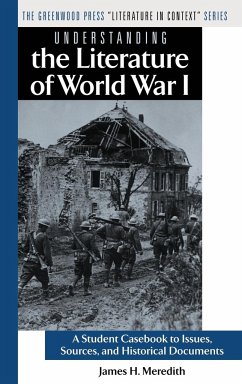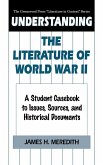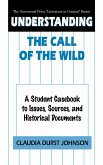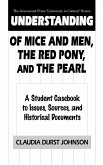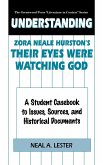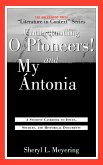Much can be learned about both the historic and human impact of war by studying the literary output associated with the time period during and immediately after the event. This casebook help students build bridges between WWI history and the fictional accounts provided by such works as All Quiet on the Western Front, A Farewell to Arms, and A Son at the Front . For each work, insightful analysis and historical contextualization is provided. This unique casebook approach adds another layer of understanding for readers by relating the fiction to primary documents assembled from the war years, including historic treaties, speeches, military reports, original propaganda, and personalized journal accounts from soldiers on both sides of the conflict. Readers are exposed to a diversity of perspectives from the military leadership, diplomacy, soldiers in battle and families on the homefront. A chronology helps readers situate the significant events described within the historic timeframe. This casebook is organized around five specific issues and themes that recur in the literature: War at the Front explores actual military combat, Women and the Homefront reveals the impact of tragic loss on families, and War Poetry confronts the anti-war sentiment, expressed by poets such as Rupert Brook, Siegfried Sassoon, and Wilfred Owen. Strategic Technology of Modern War looks squarely at the impact of Progaganda and Civilian Bombing. A final chapter examines the aftermath of war with analysis of fictional works such as Tender is the Night and Mrs. Dalloway. Each chapter concludes with questions for classroom discussions and assignments as well as suggested further readings.

